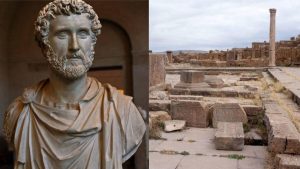Strange things people believed 100 years ago
History is peppered with curious beliefs that, at one time, seemed perfectly reasonable. Today, they might make us chuckle or scratch our heads, but these ideas offer a fascinating glimpse into how people once understood the world. From fears of technology to bizarre medical practices, each of these beliefs tells a story of human curiosity, fear, and creativity. Let’s dive into some of these peculiar notions that once held sway over the minds of many.
The Perils of Speed: Fear of Traveling Over 30 mph
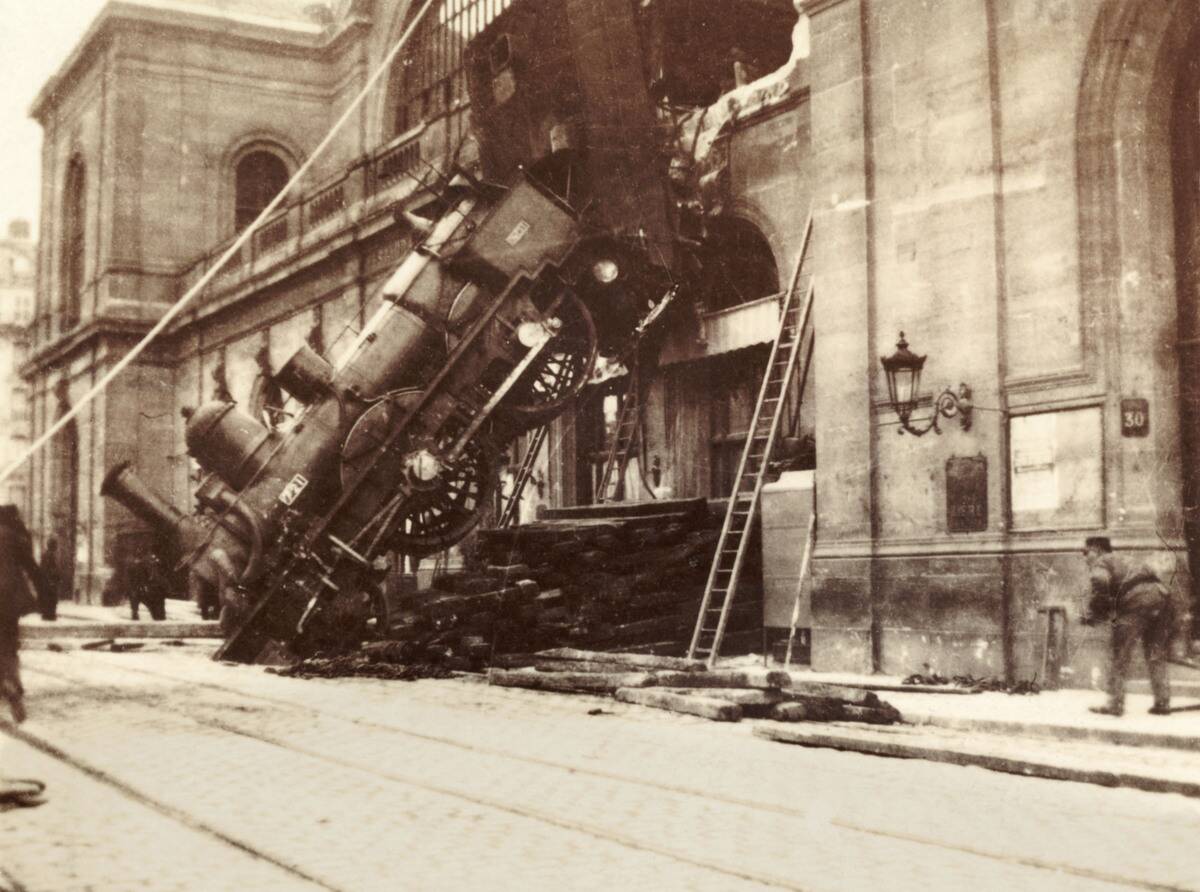
In the 19th century, the advent of the steam locomotive brought with it a wave of excitement and apprehension. Many believed that traveling over 30 mph could cause asphyxiation or even insanity due to the incredible speed. Medical professionals of the time warned against the potential health risks, convinced that the human body was simply not designed to withstand such velocities. These fears were unfounded, of course, but they highlight how new technology often stirs up fear and misunderstanding.
The Mysterious Martian Canals: Extraterrestrial Engineering
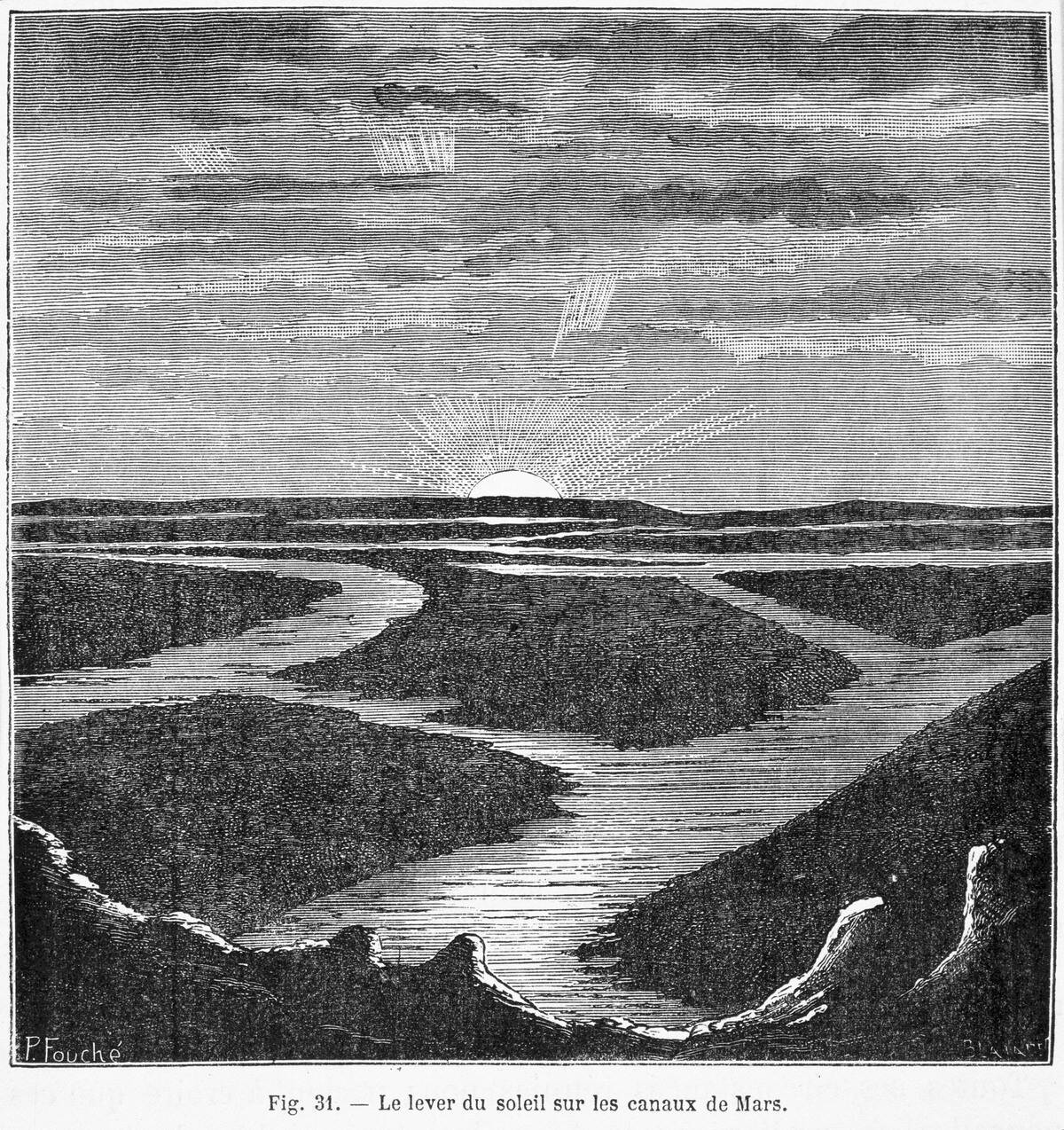
In the late 19th century, astronomer Percival Lowell popularized the idea of Martian canals, believing them to be evidence of intelligent life. Lowell’s observations were based on earlier sightings by Italian astronomer Giovanni Schiaparelli, who had noted ‘canali’ on Mars. The notion of an advanced Martian civilization captivated the public imagination, although we now know these canals were optical illusions. This episode highlights how easily wishful thinking can blend with scientific observation.
The Hollow Earth Theory: A World Within Our World
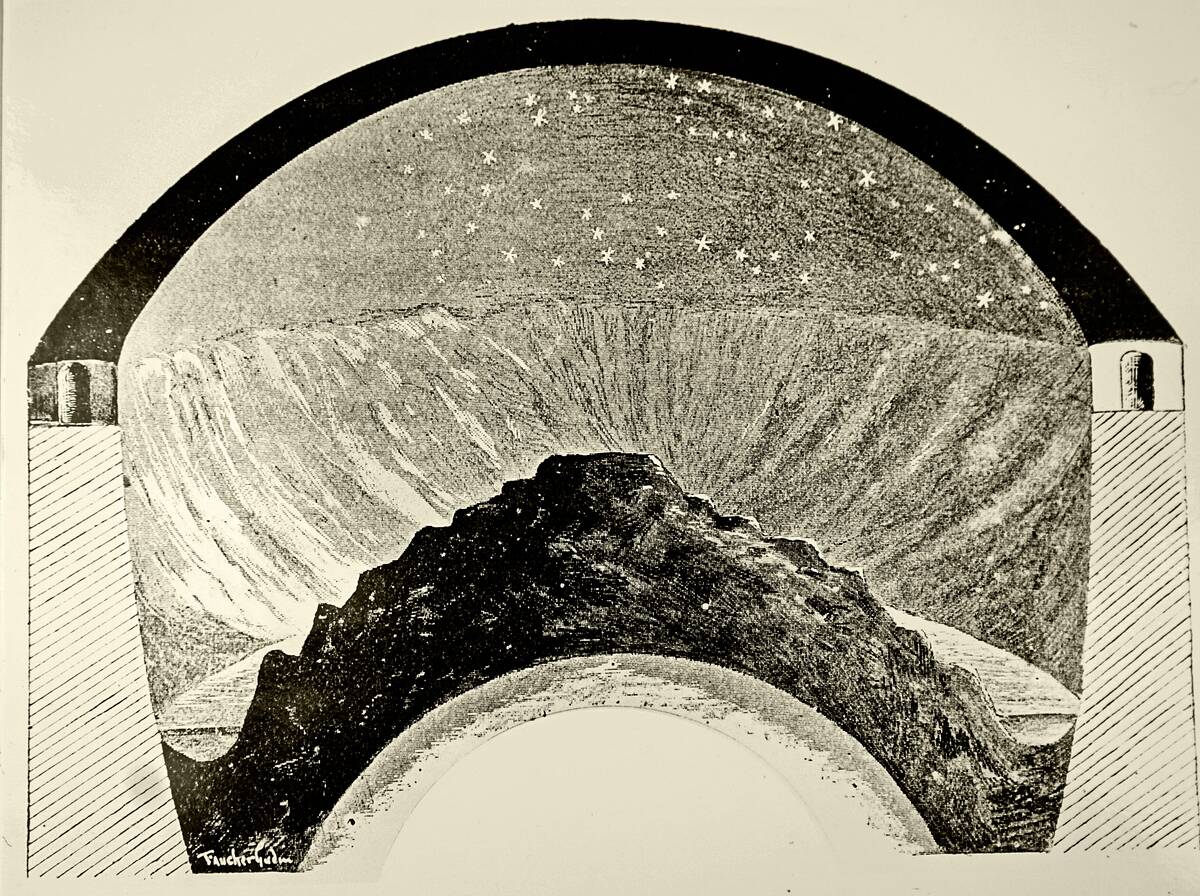
The Hollow Earth theory proposed that our planet was, well, hollow, with entire civilizations living inside. This idea was popularized in the 17th century by Edmond Halley, who suggested that the Earth might be composed of concentric spheres. The concept was further romanticized in literature by authors like Jules Verne. While modern science has debunked this theory, its persistence in popular culture reflects our enduring fascination with hidden worlds and the unknown.
The Looming Horse Manure Crisis in Big Cities
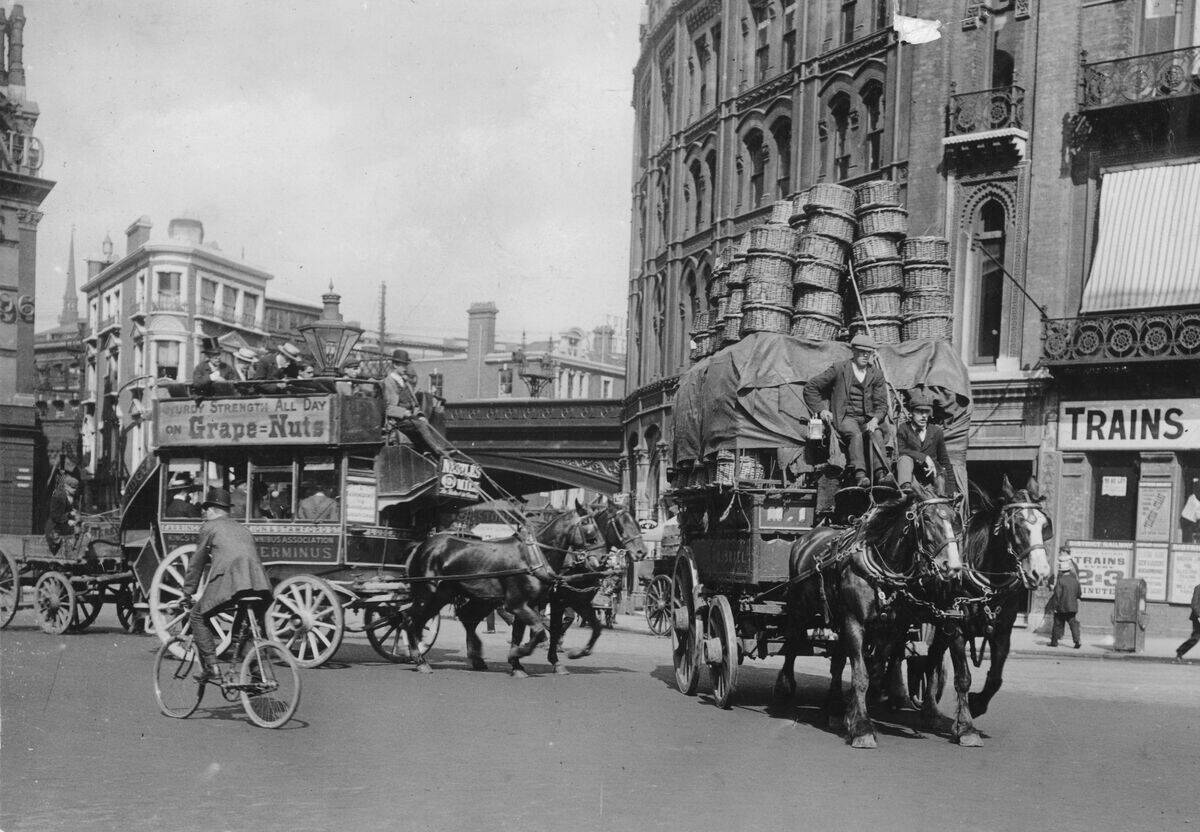
Before the advent of the automobile, cities faced a looming crisis: horse manure. In the late 19th century, urban planners warned that streets would soon be buried under mountains of manure due to the increasing number of horses. This unsightly and unsanitary dilemma seemed insurmountable until the motor vehicle arrived, transforming urban transportation. The manure crisis serves as an example of how technological advancements can solve seemingly insurmountable problems.
The Danger of Reading: How Novels Could Harm Women’s Health
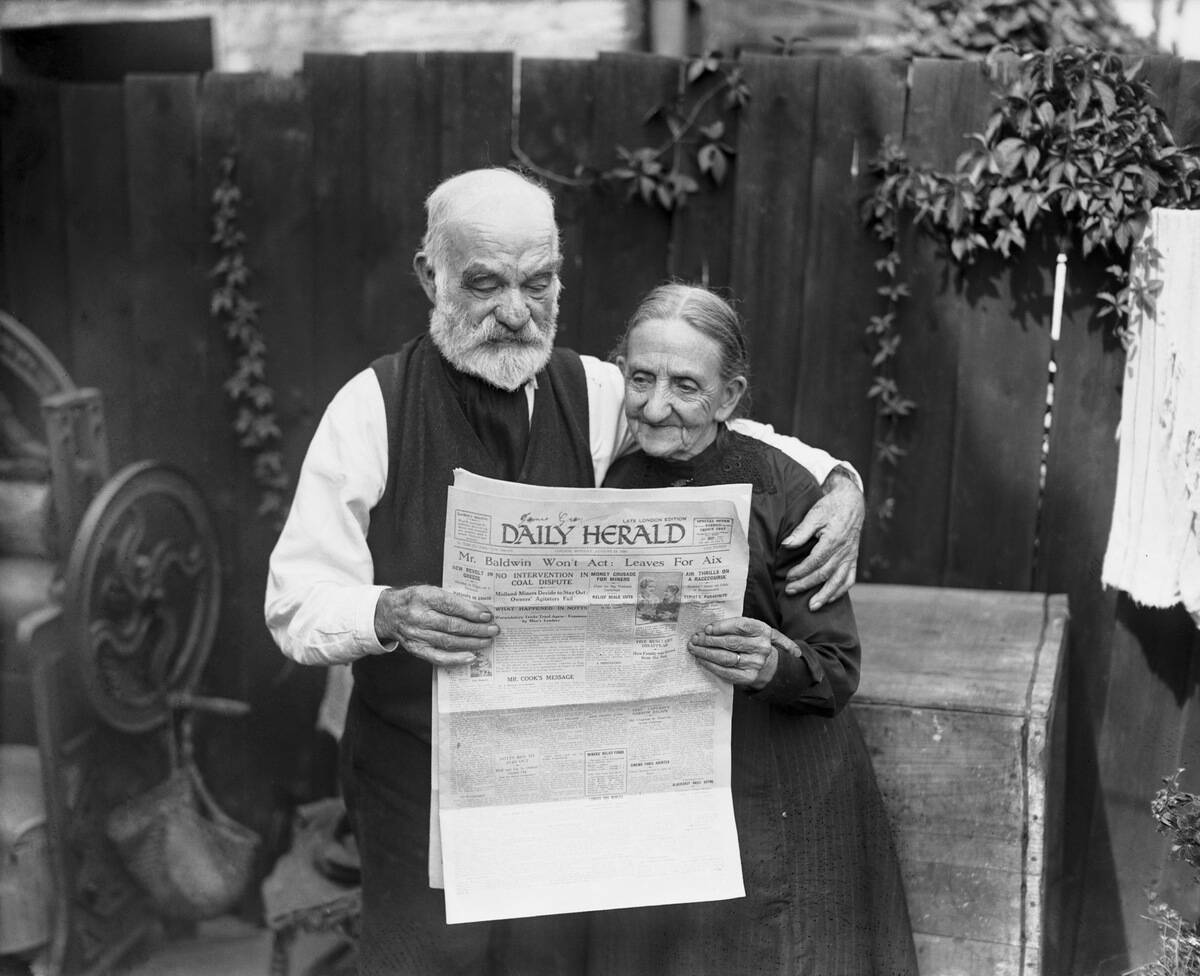
In the 19th century, there was a pervasive belief that reading novels could adversely affect women’s health. Critics argued that the emotional stimulation from fiction could lead to hysteria or moral corruption. This concern was rooted in broader anxieties about women’s changing social roles. Thankfully, these fears subsided over time, and literature is now celebrated for its ability to inspire and empower readers of all genders, highlighting the evolving understanding of mental health.
Phrenology: Reading Character from Bumps on the Skull
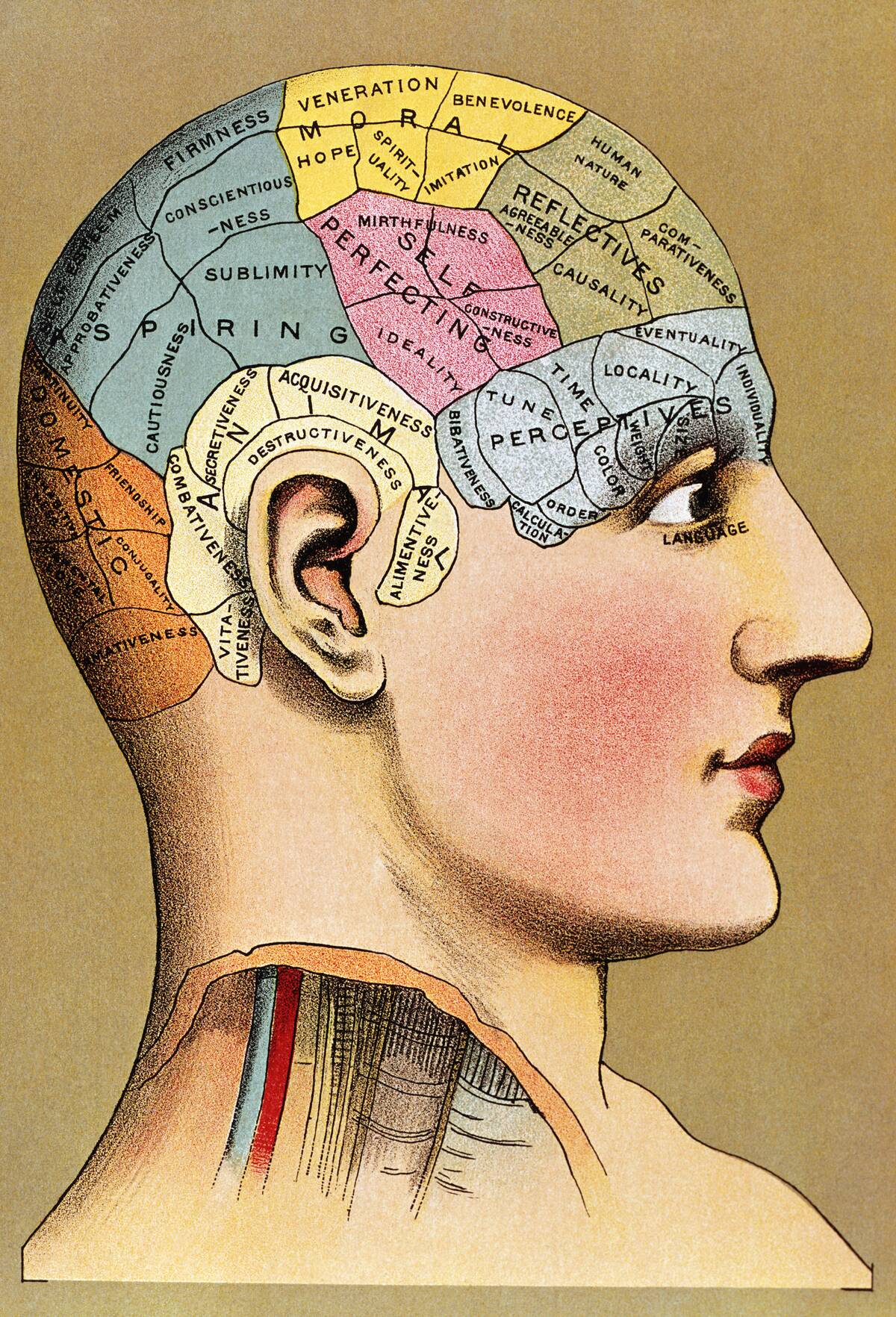
Phrenology, the study of skull bumps to determine personality traits, gained popularity in the 19th century. Proponents believed that the shape of the skull could reveal everything from intelligence to criminal tendencies. Despite its eventual discrediting, phrenology influenced fields like psychology and criminology. This pseudoscience underscores the human desire to find tangible explanations for complex human behaviors, even if those explanations are ultimately misguided.
The Omnipotence of Ether: From Anesthesia to Party Trick
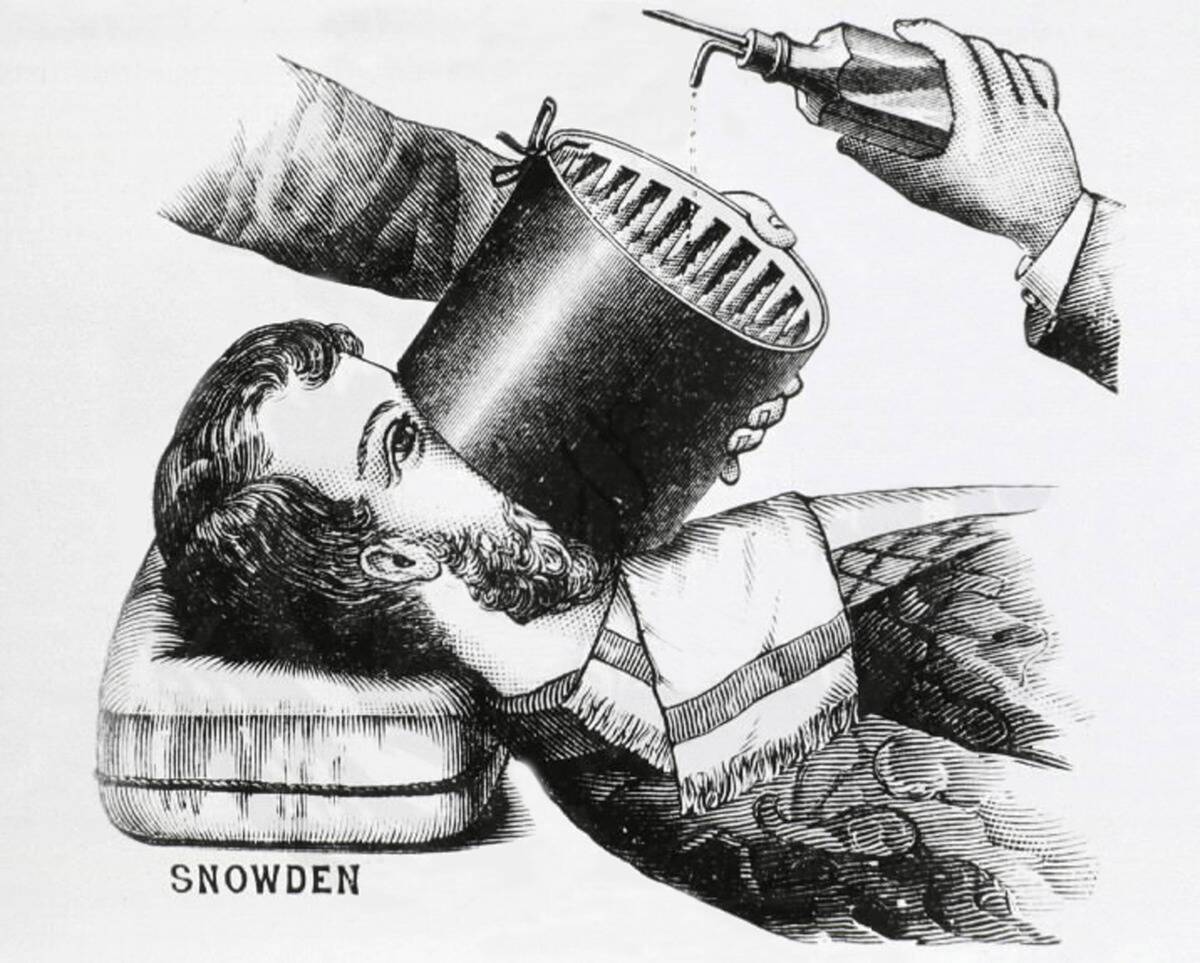
Ether was once celebrated for its anesthetic properties, revolutionizing surgery in the 19th century. Beyond its medical use, ether also became a popular party trick, with people inhaling it for its intoxicating effects. Public ether frolics became a bizarre form of entertainment, despite the substance’s dangers. This dual use of ether illustrates how scientific discoveries can permeate popular culture in unexpected ways, blurring the lines between medicine and recreation.
The Vegetable Lamb of Tartary: A Mythical Plant-Animal Hybrid
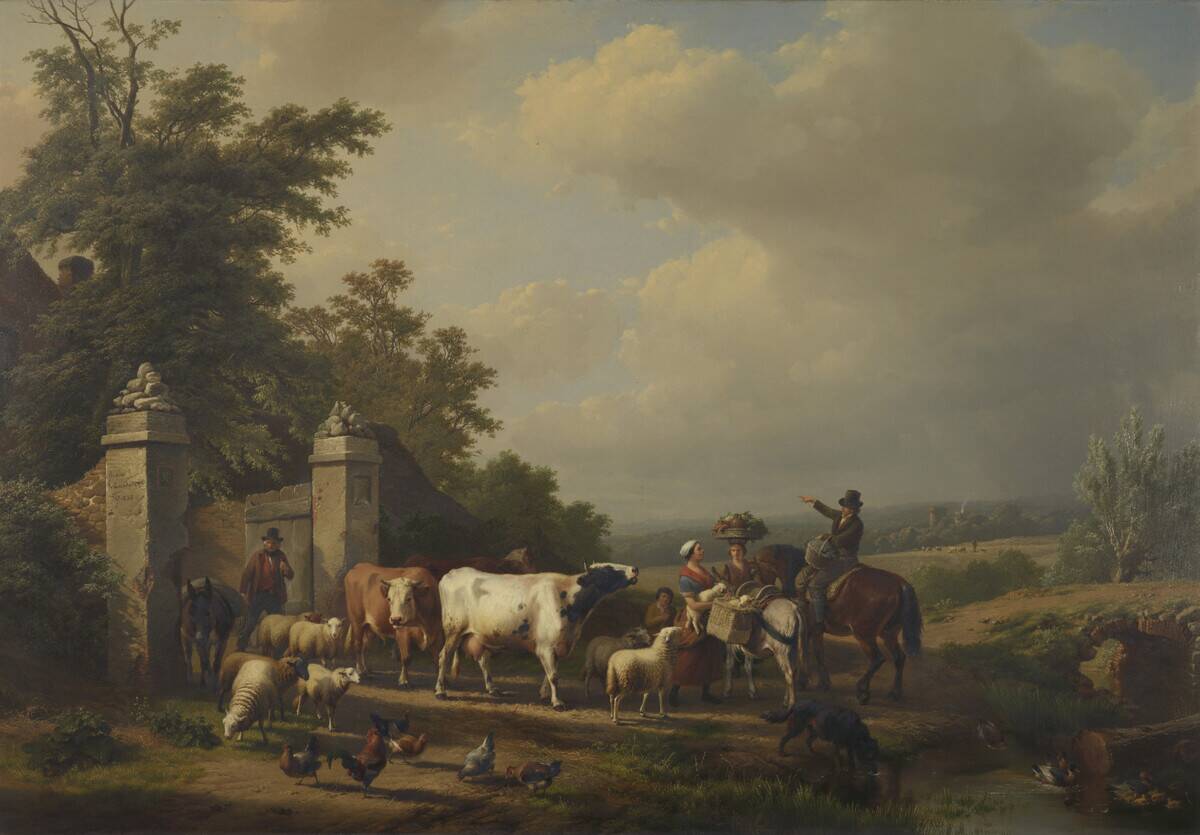
The Vegetable Lamb of Tartary was a mythical plant believed to produce lambs as fruit, a notion that captivated European imagination in the Middle Ages. This fantastical idea likely arose from the cotton plant, which was unfamiliar to many Europeans at the time. While the Vegetable Lamb was a fiction, it highlights the human propensity to create stories to explain the unknown. Today, it serves as a whimsical reminder of the imaginative leaps people once made in their quest for understanding.
Airships as the Future of Transportation

In the early 20th century, airships were envisioned as the future of transportation, offering luxury and speed. The Hindenburg disaster in 1937, however, shattered this dream, revealing the dangers of hydrogen-filled dirigibles. Despite this setback, airships laid the groundwork for modern aviation, influencing aircraft design and safety standards. The rise and fall of airships reflect the ongoing dance between innovation and risk in the quest to conquer the skies.
The Earthquake Weather Theory: Predicting Natural Disasters
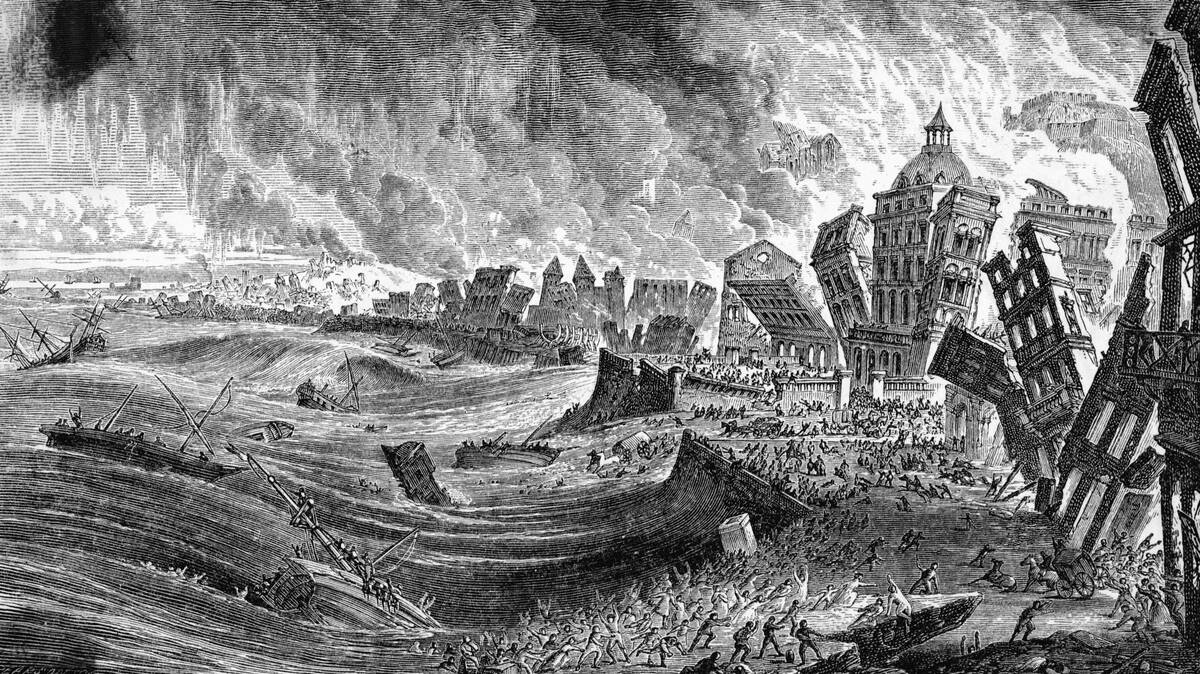
The Earthquake Weather Theory posited that certain weather conditions could predict earthquakes. This belief, dating back to ancient Greece, suggested that calm, hot conditions preceded seismic activity. While modern science has debunked this theory, the quest to predict earthquakes continues. Today, seismologists use advanced technology to study patterns and potential precursors, showing how scientific inquiry evolves from early misconceptions to more sophisticated understandings.
The Ailment of Bicycle Face: A Result of Riding Too Fast
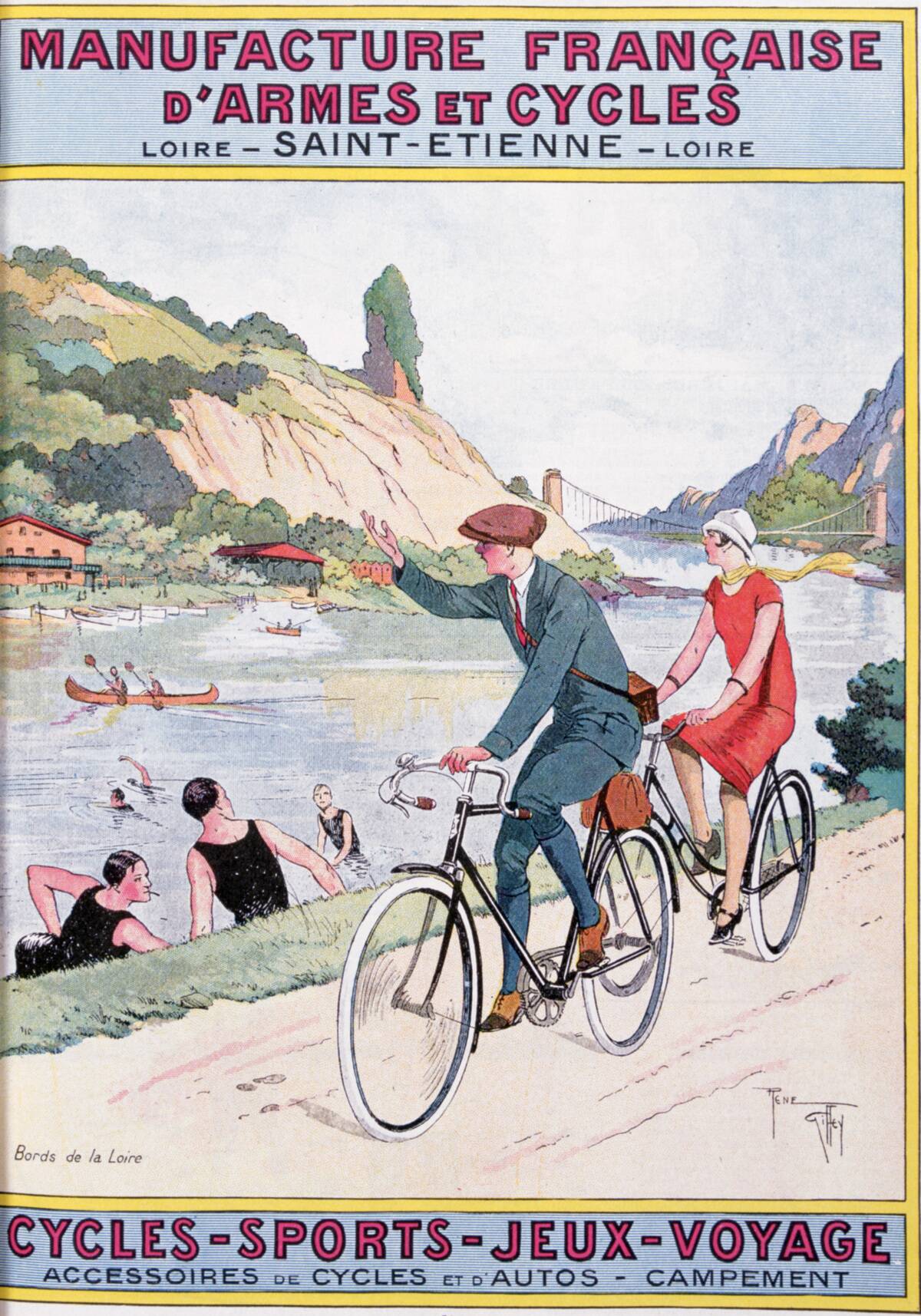
In the late 19th century, ‘bicycle face’ was a supposed medical condition affecting cyclists, particularly women. Symptoms included flushed cheeks and a strained expression, allegedly caused by the exertion of cycling. This notion was part of broader societal anxieties about women’s independence and mobility. As cycling became more common, ‘bicycle face’ faded into obscurity, illustrating how societal fears can manifest in imagined ailments. Today, cycling is celebrated for its health benefits, regardless of facial expressions.
The Supernatural Power of Photographs: Capturing Souls
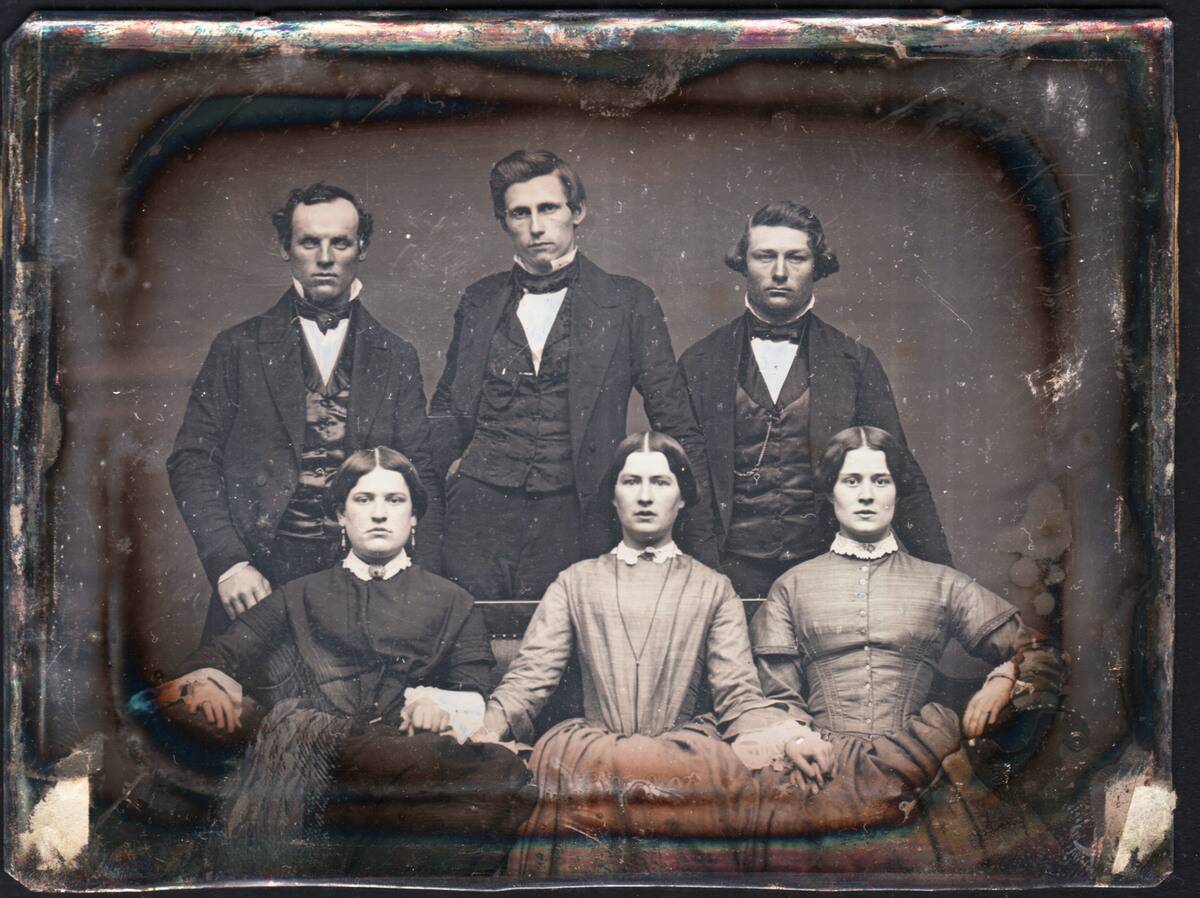
When photography first emerged in the 19th century, some believed it could capture a person’s soul. This idea was rooted in superstition and the mystique of new technology. Some cultures even avoided having their pictures taken, fearing it could trap their essence. While this belief has dissipated, it highlights the powerful impact of visual technology on human perception. Today, photography is a cherished art form, capturing moments in time rather than mystical essences.
The Dangers of Night Air: Why Windows Stayed Shut
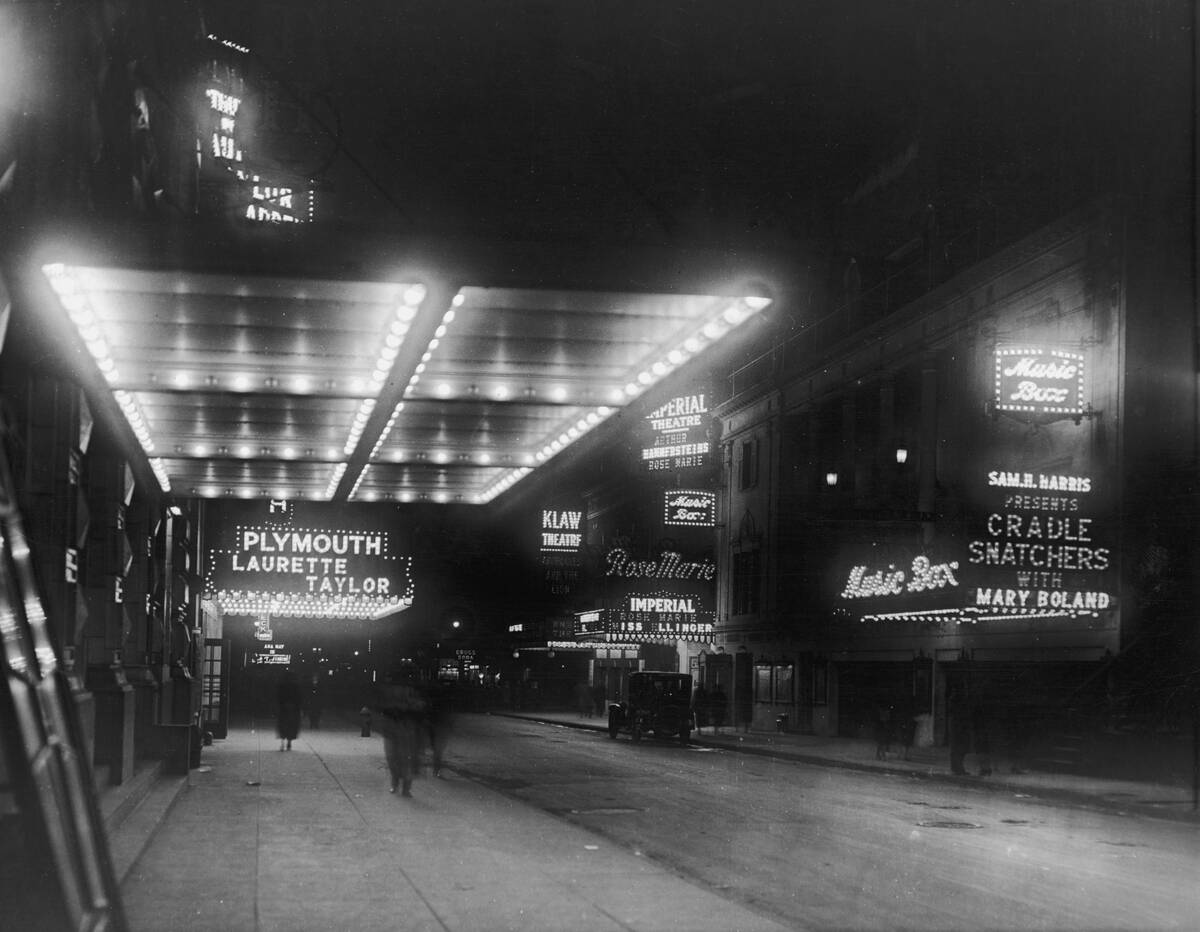
In the pre-modern era, night air was believed to be harmful, carrying diseases that could be inhaled through open windows. This belief was part of the miasma theory, which linked disease to ‘bad air.’ As a result, people kept their windows shut tight at night to protect themselves from illness. With the advent of germ theory, this misconception was laid to rest, leading to healthier living practices. The evolution of our understanding of air and disease is a testament to scientific progress.
The Belief in Spontaneous Human Combustion
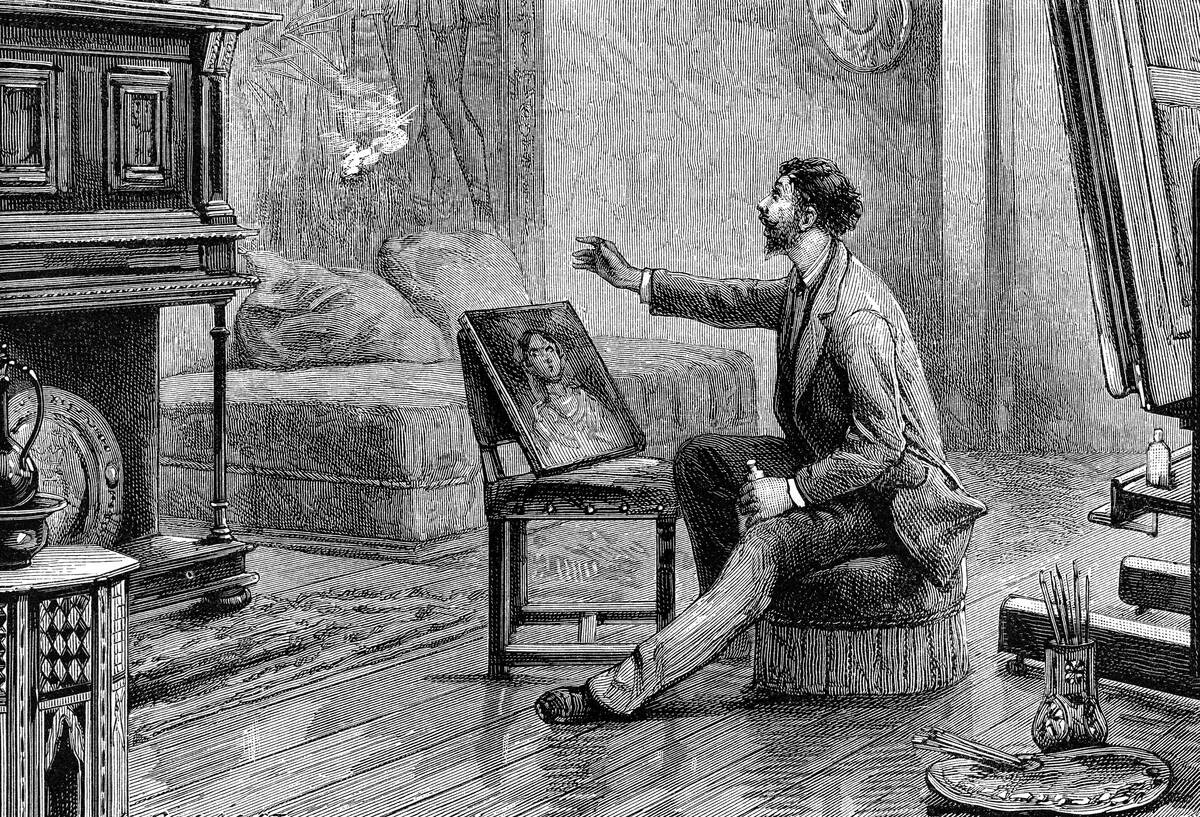
Spontaneous human combustion (SHC) was once believed to be a legitimate phenomenon, where individuals could burst into flames without an external ignition source. Cases were often attributed to alcoholism or divine retribution. While SHC remains a popular topic in fiction, science has provided alternative explanations, such as the wick effect, where clothing absorbs melted fat, fueling a slow burn. This shift from supernatural to scientific explanations highlights the power of evidence-based inquiry in demystifying the world.
The Miasma Theory: Bad Air and Disease
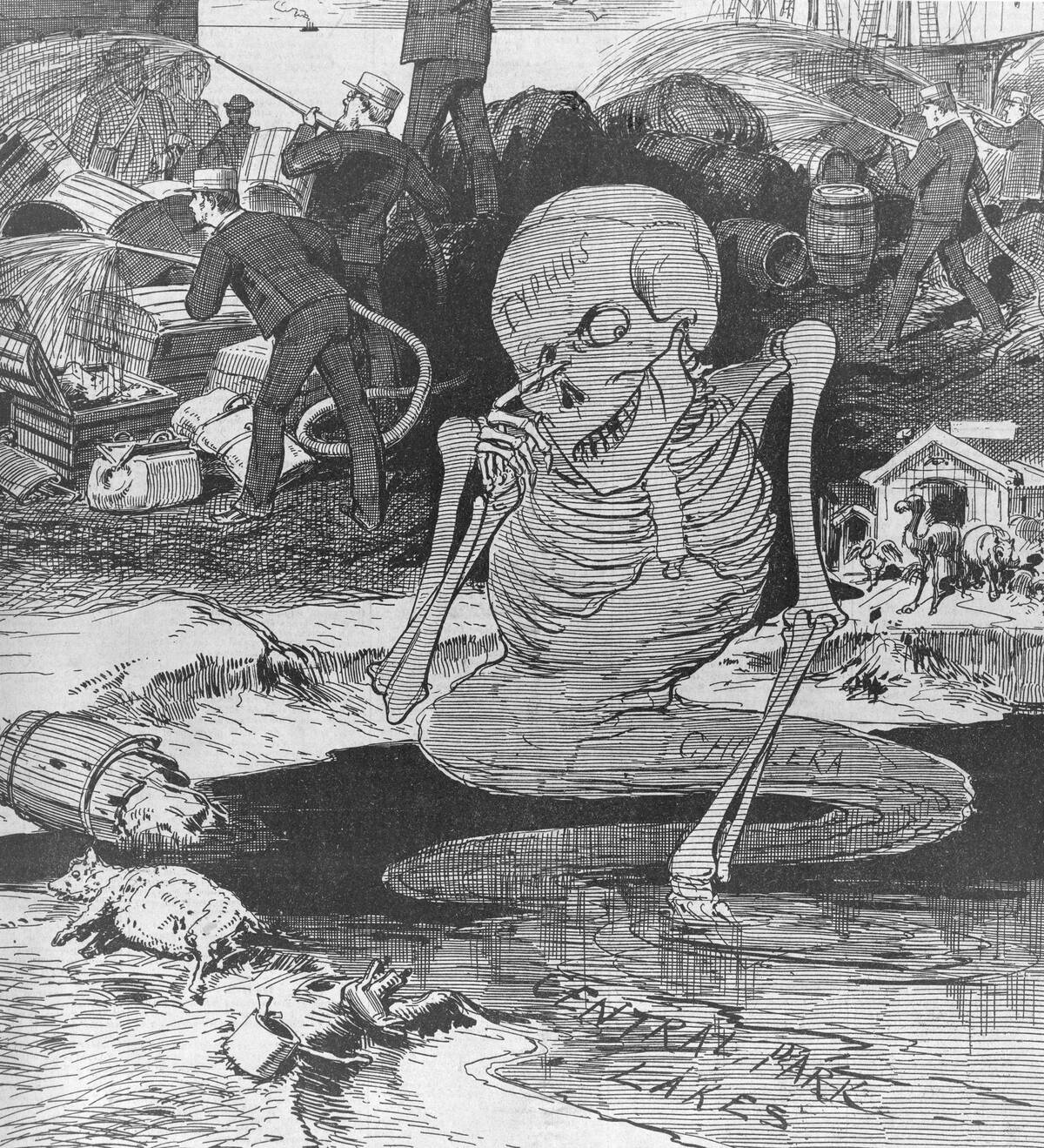
Miasma theory posited that diseases like cholera and the plague were spread through ‘bad air.’ This belief dominated medical thinking until the late 19th century when germ theory provided a more accurate explanation. The miasma theory influenced public health measures, such as improving sanitation and ventilation. While incorrect, it inadvertently led to healthier urban environments. The transition from miasma to germ theory underscores the importance of scientific developments in shaping public health policy.
The Health Benefits of Radioactive Water
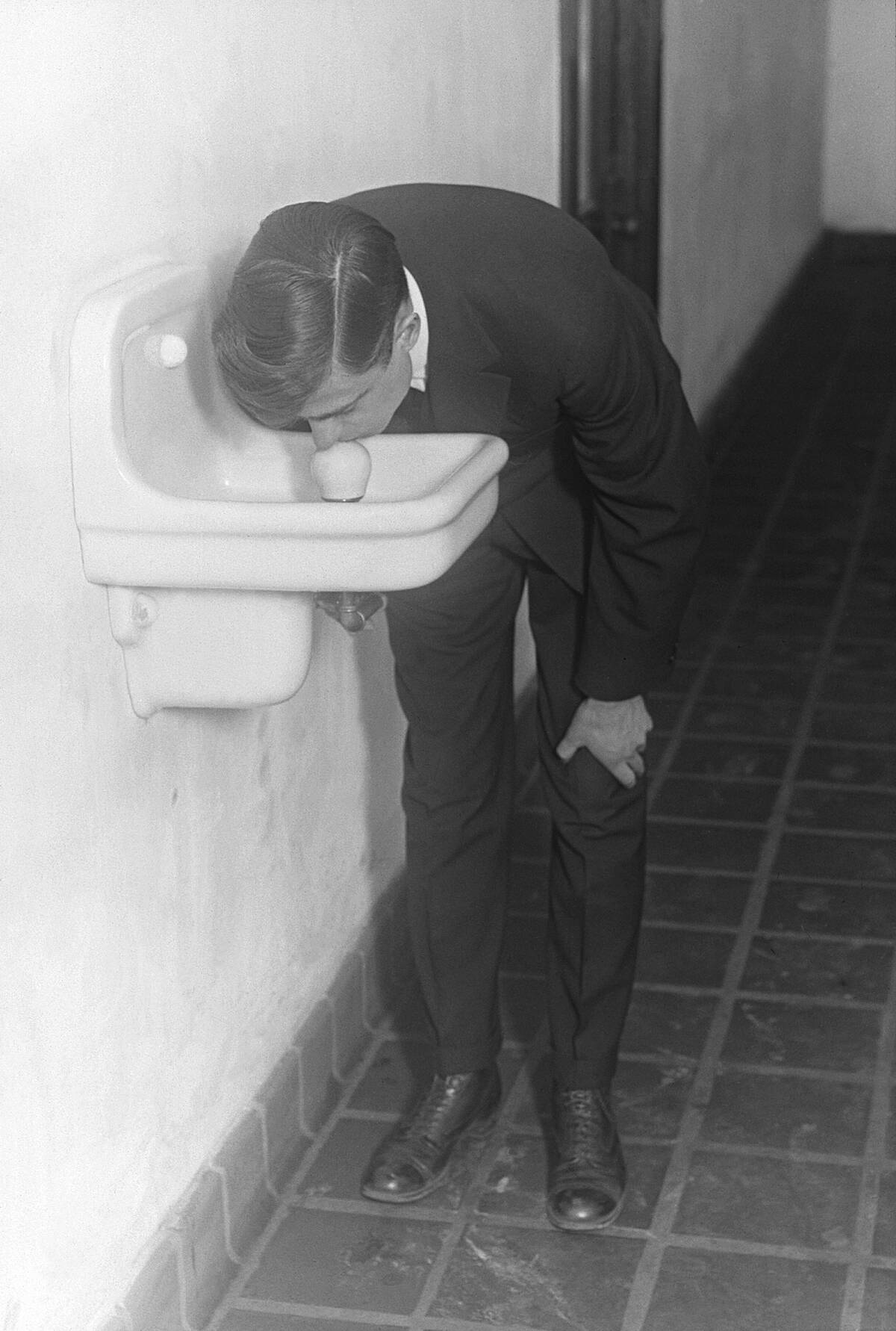
In the early 20th century, radium was hailed as a miracle cure, leading to the popularization of radioactive water. Products like Radithor promised to rejuvenate and heal a range of ailments, capitalizing on the public’s fascination with radioactivity. This belief persisted until the tragic case of Eben Byers, a wealthy industrialist who consumed Radithor and suffered a gruesome death. His demise served as a cautionary tale, marking the beginning of a more cautious approach to radiation.
The Fascination with Spiritualism and Seances
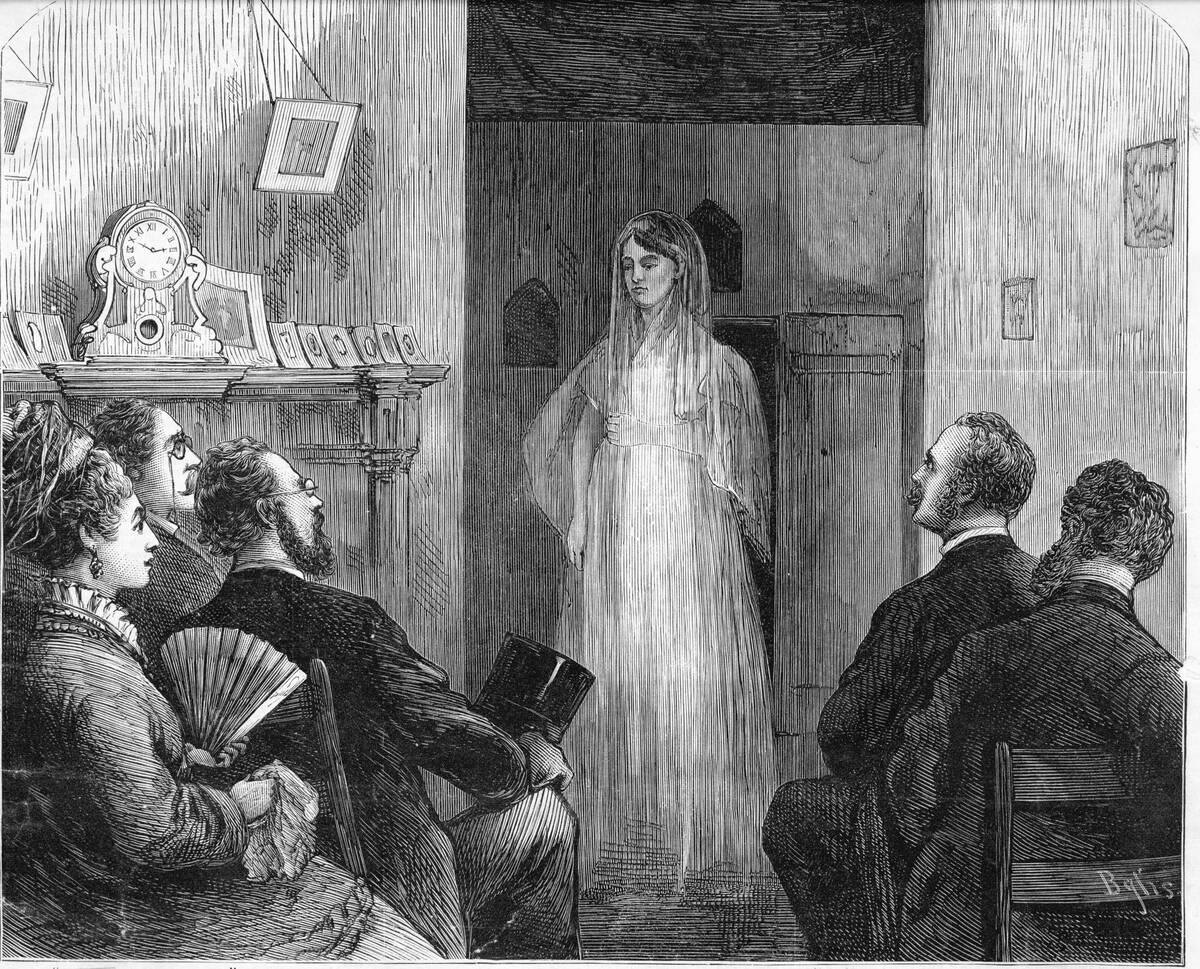
In the 19th century, spiritualism captivated the Western world, with seances becoming a popular means of contacting the dead. Figures like the Fox Sisters gained fame for their supposed communication with spirits, using knocks and taps as messages. While many instances were later exposed as frauds, the movement reflected a deep-seated desire to connect with the afterlife. Today, spiritualism’s legacy continues in various forms, illustrating humanity’s enduring quest for understanding beyond the material world.
The Fear of Train Travel: A New Frontier of Danger

The introduction of trains in the 19th century was met with both awe and anxiety. Critics feared that the vibrations and noise could cause physical and mental harm, especially to women. Some even worried that the speed could make passengers’ organs shift. Despite these fears, train travel revolutionized transportation, connecting distant places and people. The initial apprehension surrounding trains serves as a reminder of how technological advances often challenge existing notions of safety and comfort.




